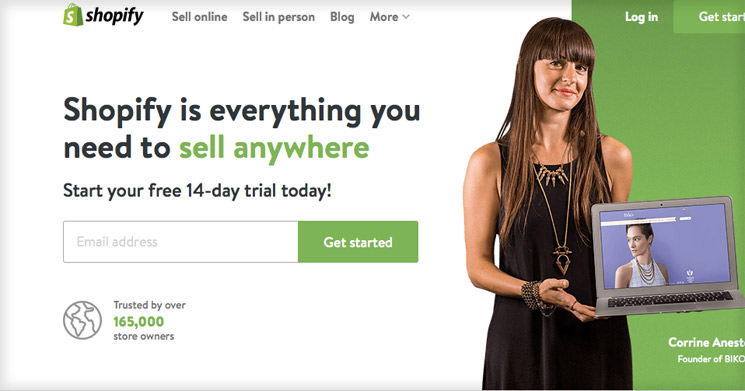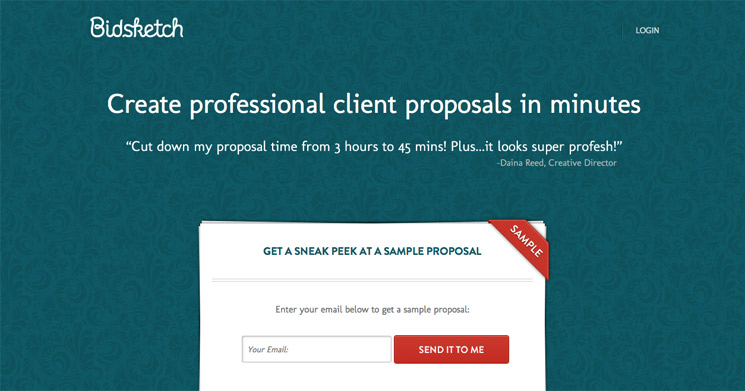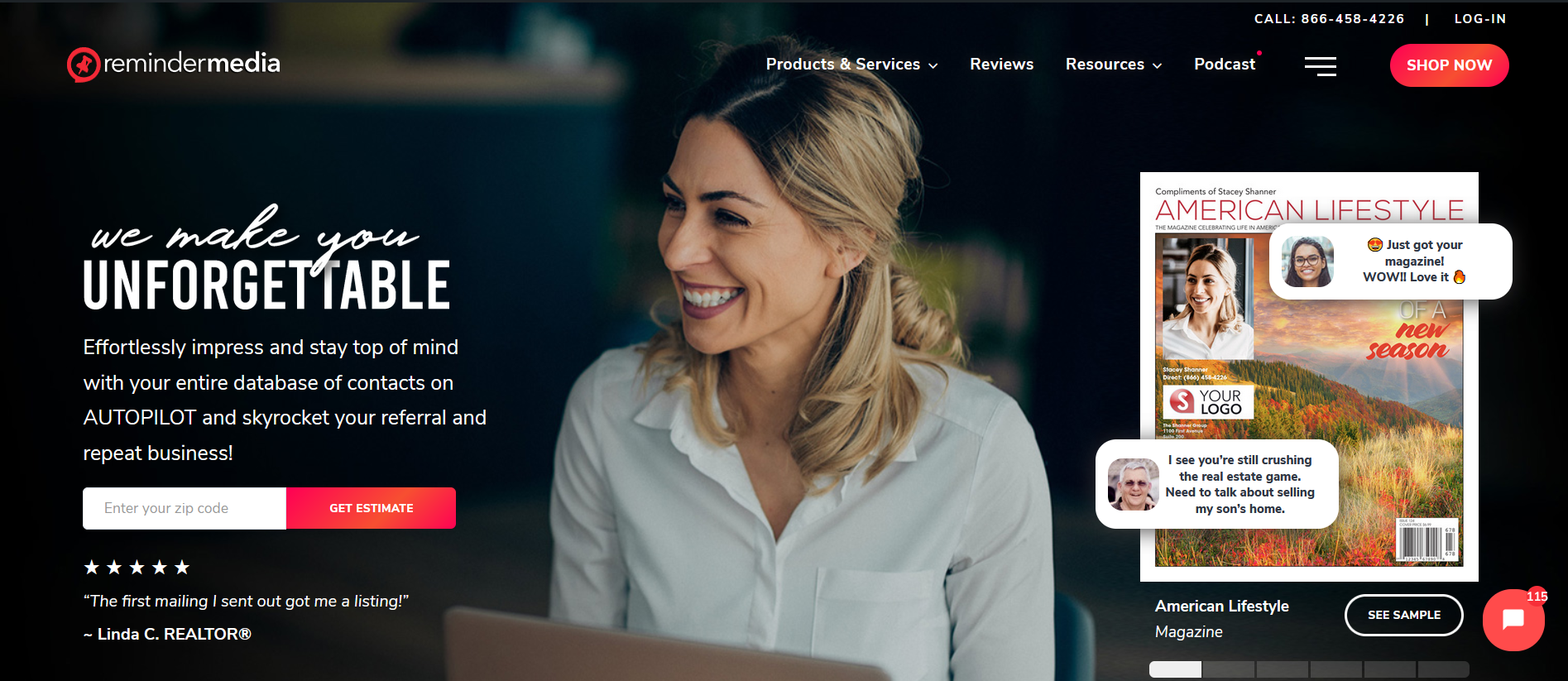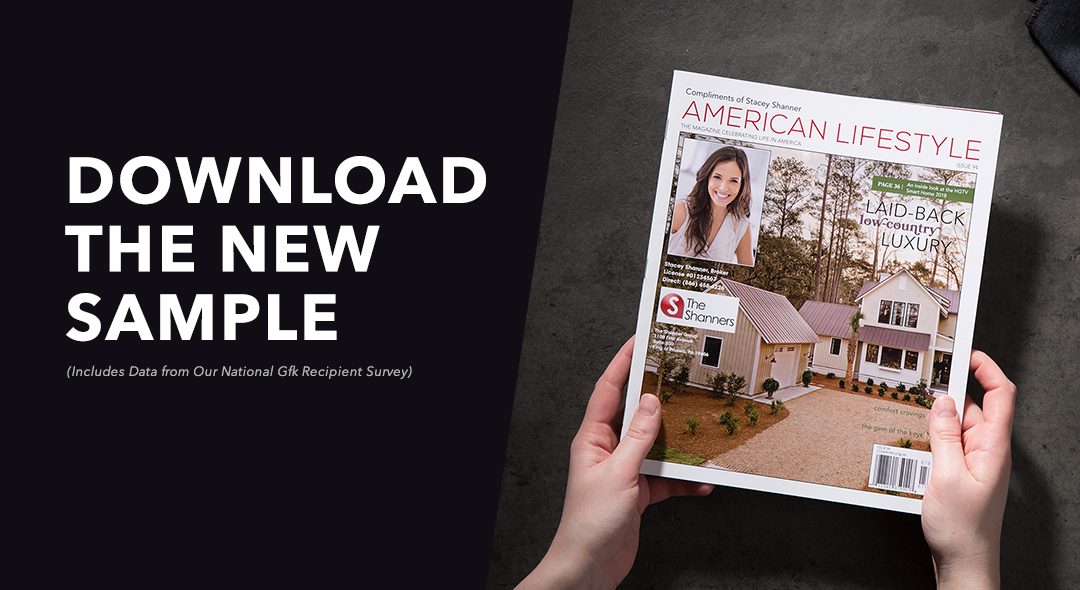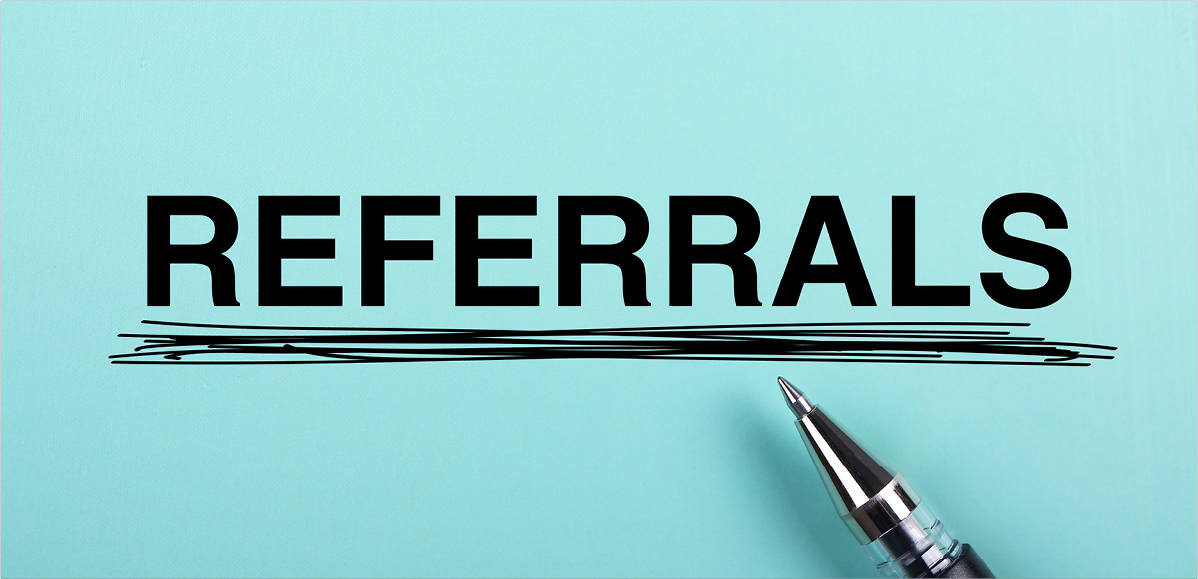A while back we wrote about the importance of defining your What? How? Why?
If you haven’t done that yet, go back and read the article for some practical tips. It’s an important concept to guide all your marketing efforts.
A firm understanding of your What? How? Why? will help you turn possibilities into leads, and leads into clients. There’s only one hitch: getting people’s attention for long enough to read or hear what you have to say. The average attention span is only eight seconds; less than that of a goldfish. That’s where the value proposition comes in.
By definition, your value proposition is simply a promise of the value you’ll deliver. In practice, it’s much more than that. It’s your hook to grab your audience’s attention and gain enough interest to get people to invest the time and effort to learn more about what you have to offer.
Your value proposition distills your What? How? Why? into a single, powerful statement that instantly resonates with customers. Defining it is no easy task, but these tips and examples may help.
Understand your customers
Value is subjective! Not everyone cares about being the first to own the latest technology. People who shop at high-end stores aren’t as motivated by price as people who shop at discount stores. A value proposition that doesn’t match your customer’s way of thinking has very little impact at all.
So, put yourself in your clients’ shoes before you craft your proposition. Why did they choose you over your competition? What are their main interests? Which benefits and features are the most important to meet their needs?
Shopify, for instance, knows that limited time and manpower is a major barrier to selling online for their customers. Their value proposition speaks to this:
Be specific
Pledges containing specifics have more credibility than generic promises. Anyone can make a general claim like “we’re the best in town” or “the premier solution for your problem.” But why should anyone believe it?
Compare that with GEICO’s value proposition: “15 minutes could save you 15% or more on car insurance.”
Those specifics add the context needed to make it credible.
Focus on a single message
One of the biggest challenges in developing a value proposition is narrowing your focus. It’s only natural that you want to let people know about all the ways you bring value. But the value proposition is not the place to do it. Why not?
More benefits add more complexity to the message. That dilutes its effectiveness. You only have a few seconds before someone decides whether they want to learn more or move on.
Take a look at this example from Bidsketch. By focusing on their main benefit, they are able to communicate their value in a clear and compelling way using just six words:
Highlight a point of differentiation
You don’t want to be a choice within your industry and target market. You want to be the choice. That requires you to set yourself apart in some way. What is it that makes your business or service unique? What value do you bring that your competition doesn’t?
Look at the value proposition KISSmetrics uses in their Twitter bio. Highlighting how they are different from Google Analytics doesn’t just clarify what they do, it defines the unique value they bring:

Use plain language
Have you ever been to a website, or heard someone describe their business, and thought: “What is it they actually do?” There are several reasons this happens. They might be trying too hard to be clever. Or perhaps they are using too much jargon in an attempt to impress people.
Let the benefits of what you offer do the impressing, not your vocabulary or creativity. That’s what we do with the value proposition you see on our website:
The headline very simply states the benefit: “We Make You Unforgettable.” The subheading then communicates in plain language how we do it. There’s no ambiguity, no hyperbole, no guessing.
It’s hard work, but developing a clear and compelling value proposition is well worth the effort. Use it on your website, social media accounts, printed pieces, business cards, and in conversations to jump-start your marketing and branding efforts.









 Apple Podcasts
Apple Podcasts
 Google Play
Google Play
 Spotify
Spotify





